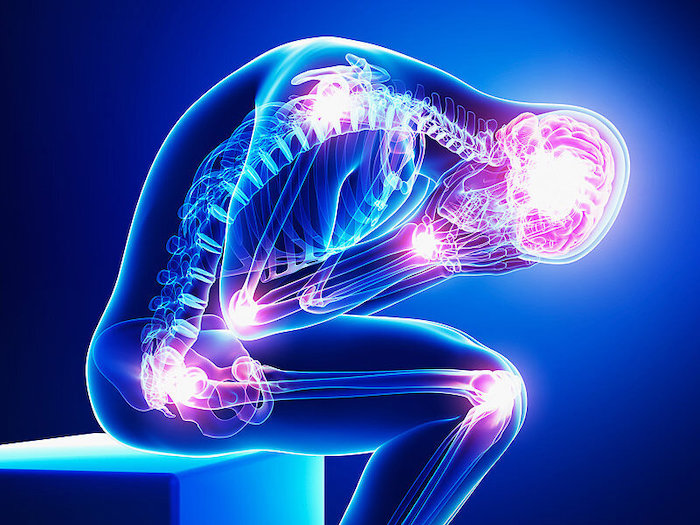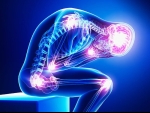
Step into any hospital or healthcare institution in the U.S., and there’s a good chance you will find some kind of nod to the arts. It could be an exhibit of paintings, photography, or sculpture, a pianist chiming away in the waiting room, or just a thoughtful and inspiring poem hung on a wall. Many experts believe the arts have the power to promote healing and a better sense of well-being, and when used in this context, it is often referred to as the healing arts. The healing arts encompasses a wide range of artistic expressions including visual art, music, dance, writing, and even drama. Embracing the arts can not only help us feel better but also can reduce pain.
Let’s look at how to use the healing arts with two basic approaches that we can label as passive or active engagement.
The passive experience involves embracing art created or produced by others. Listening to music, looking at a painting, or reading a poem are all simple and easily accessible ways of taking in the healing arts. Research and my own experience indicate that this type of interaction with the arts can help relieve pain, stress, and anxiety.
Perhaps the best example of this is listening to music, where distraction can be used as a tool for pain relief. The right type of auditory stimulation has been shown to reduce subjective pain symptoms and help calm the nervous system. Music therapy has been widely researched in treating cancer pain where it has been shown to reduce pain, increase a sense of self-control, promote wellbeing, boost immune function, and lower anxiety.
Visual stimulation also plays a role in modifying how we feel. Many studies over the years have shown the impact that the physical environment can have on hospitalized patients. Nature scenes can reduce pain levels and help manage painful procedures like dressing changes. Patients recover more quickly from surgery when their rooms have scenic views. Hanging paintings in hospitals seems to correlate with improved patient satisfaction and lower lengths of stay. Taking a few minutes to listen to music or peruse a few paintings or photographs can help provide instantaneous relief of pain and stress.
But engaging in the healing arts more actively – drawing, painting, journaling, coloring, dancing – can also serve as a powerful healing tool. These types of activities can help relieve pain in different ways. Interacting with a creative process can also serve as a nice distraction tool, especially when the pain is flared up and you feel like you really need a break. Active participation in the healing arts can also lead to deeper processing and emotional healing, leading to more sustainable changes to the pain experience and alleviation of suffering.
Studies have shown that when hospitalized patients engage with the arts, that their hospital stays are shorter, levels of stress hormones decrease, they sleep better, have better vital signs, and require fewer pain medications. Creative engagement boosts activity in a part of the brain known as the periaqueductal gray, or PAG, which plays an important role in relieving pain. Getting creative also seems to help counteract other consequences of pain, such as memory problems, mood swings, and social isolation.
Starting to appreciate or engage with the healing arts absolutely does not mean that you need to be a gifted painter, musician, or writer. Anyone can admire a nice piece of art, enjoy soothing music, or color a mandala without being judged by others. Journaling, painting, or just doodling can be as private or as social as you want it to be. What matters is that it helps you find some pain relief.
Precision Pain Care and Rehabilitation has two convenient locations in Richmond Hill – Queens and New Hyde Park – Long Island. Call the Richmond Hill office at (718) 215-1888, or (516) 419-4480 for the Long Island office, to arrange an appointment with our Interventional Pain Management Specialist, Dr. Jeffrey Chacko.













